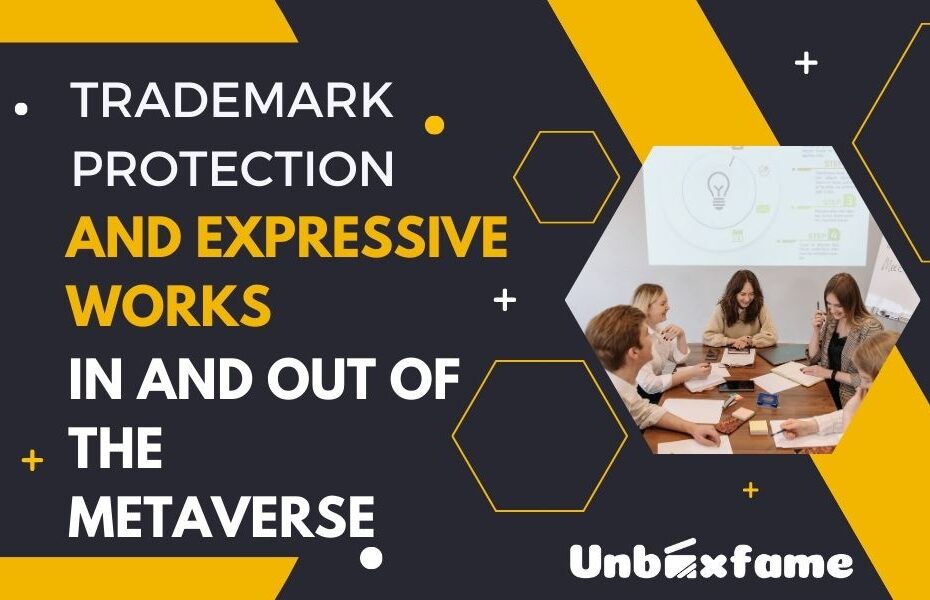The line between free discourse and brand security stays foggy after a February jury decision in the NFT instance of Hermès Int’l. v. Rothschild and the new High Court oral contentions in Jack Daniel’s Properties, Inc. v. Celebrity Products.1
The Hermès case was the main significant trademark prosecution including claims of encroachment of a genuine brand in the virtual space of NFTs, or non-fungible tokens. Rothschild made 100 advanced pictures of Hermès Birkin satchels canvassed in beautiful phony fur and tokenized and sold the pictures as NFTs, referring to the pictures as “MetaBirkins.” Hermès sued Rothschild for trademark encroachment in view of unapproved utilization of both the BIRKIN mark and the plan of the Birkin bag.2 In guard, Rothschild contended that his MetaBirkins were special, unique craftsmanships that looked to remark on the Birkin pack as opposed to rip off its plan, including by causing to notice the utilization of fur in the design business. Summoning Andy Warhol’s popular Campbell’s Soup Jars, Rothschild asserted that specialists are for the most part allowed to involve symbolism and phrasing subject to reserve security in their works.
Rothschild appeared to have a shot at winning the fight when Judge Rakoff held that the trademark encroachment count ought to be broke down under Rogers v. Grimaldi,3 the test for adjusting the Primary Revision right to free discourse against brand name protection.4 Under the Rogers test, utilization of a brand name in an expressive work is significant as encroachment provided that (1) the brand name use has no imaginative importance or (2) it is unequivocally deceptive with respect to the source or content of the work.5 more than probability of disarray is expected in this unique circumstance; even utilization of outsider trademark that is probably going to confound purchasers might be protectable as free discourse on the off chance that the public interest in free articulation offsets the public interest in staying away from buyer confusion.6
Given the need that Rogers puts on free discourse, nothing unexpected most works surveyed under the standard have been found non-infringing.7 For this situation, however, the Hermès jury found Rothschild at risk all in all, including brand name infringement.8 This might have been a result of the particular realities of the case, as the preliminary revealed a few bits of proof that obviously made Rothschild less thoughtful to the jury. Among other terrible realities, it arose that Rothschild “let partners know that he needed to bring in ‘huge cash’ by ‘capital[izing] on the publicity'” of this case and the media attention.9 In the mean time, Hermès presented proof showing that it likewise planned to enter the NFT space, supporting the contention that Rothschild looked to possess a business opportunity for HERMÈS-marked virtual merchandise that legitimately had a place with Hermès itself. Furthermore, last, the computerized setting itself seems to play had an impact: In spite of the fact that there is not an obvious explanation that computerized works of art sold as NFTs shouldn’t set off “the public interest in free articulation,” the jury clearly saw Rothchild’s pictures as more business item and less unadulterated discourse than the Warhol canvases referred to in his contentions.
Yet, there is no necessity that a work be non-business — or not tokenized — to justify First Change security. In the Jack Daniel’s case right now forthcoming under the steady gaze of the High Court, the locale court at first declined to apply the Rogers test to celebrity’s line of “Terrible Spaniels” canine toys shaded and formed like a container of Jack Daniel’s bourbon and bearing a name perusing “Terrible Spaniels, the Old No. 2, On Your Tennessee Carpet.”10 The 10th Circuit remanded, finding that the toys were as a matter of fact protectable expressive works that made another message by “juxtapos[ing] the contemptuous portrayal of the brand name with the glorified picture made by the imprint’s proprietor” — at the end of the day, by referring to the Jack Daniel’s imprints in canine toys.11 Coordinated to apply Rogers, the region court confirmed that Jack Daniel’s couldn’t fulfill either prong of the elevated test, and conceded outline judgment for VIP.12
By June, the High Court will choose where the line lies between expressive canine toys justifying First Revision security and regular shopper items passing on just business messages. Regardless of whether the Court explains the utilization of the Lanham Act in this unique situation, however, the differentiation among workmanship and business appears to be bound to stay testing. Is it important that the maker plans to bring in cash by alluding to a popular imprint, or that the work being referred to is computerized versus physical, or a generally practical buyer item versus a composition? While Rothschild absolutely expected to and utilized the Hermès imprints to draw in interest in his NFTs, Warhol additionally planned to and gained by the popularity of Campbell’s brand names to sell his compositions of soup jars — also the a large number of silkscreens and prints produced by his Production line.
By assessing the MetaBirkins NFTs under the Rogers structure in any case, Judge Rakoff showed that computerized craftsmanships sold as NFTs are, or if nothing else can be, “expressive works” deserving of First Correction security. The High Court’s forthcoming choice on Terrible Spaniels ought to give greater clearness on the range of works that might communicate a message under Rogers and how to distinguish such functions, giving brand proprietors more sureness and permitting them to foster requirement techniques to fit the universe — and metaverse — of 2023.
Source URL:- Trademark Protection and Expressive Works In and Out of the Metaverse
In publishing and graphic design, Lorem ipsum is a placeholder text commonly used to demonstrate the visual form of a document or a typeface without relying on meaningful content.
